3 Lessons on Building Community with Laura Grandi-Hill
“This is actually a resource I can use when I have a question that no one on my team can answer!”
That’s what a user of Off the Ledger, a Slack community run by spend management platform Airbase, said of her experience with the group.
Laura Grandi-Hill, former Events & Community Manager at Airbase, launched Off the Ledger just prior to Covid with 50 pre-seeded customer invitations. Today, the group has over 3,500 members from the finance and accounting community.
Let’s face it: launching a Slack group in itself is pretty easy. The tough part is getting members to engage with each other. And Off the Ledger has been wildly successful. Members have helped each other, hired each other (!), and even become Airbase customers.
So what can we learn from Laura’s work to build Off the Ledger? Here are 3 lessons.
Start with “why.”
Before you launch an online community, find your purpose. What is your goal for the community? Why would anyone want to join? What makes it stand out from the crowd?
“There's like a million different marketing communities and Slack groups, and a lot of them seem to be really cookie cutter,” Laura said. “So I wonder how interesting those communities actually are.”
Her advice? Look at the communities that are already established in your space. Ensure that what you offer fills a gap -— instead of recreating something that already exists.
When Laura first started planning Off the Ledger, she found a serious lack of resources for members of finance teams who aren’t the CFO. Many of these people — especially those in startups — were the company’s first finance hire and had no one to turn to for support.
By filling this hole, Laura was able to create a space that finance teams gravitate to whenever they have questions or problems.
Protect the community and keep discussion channels on topic.
The real value in creating this kind of community comes from it being a useful resource, and not just an “anything goes” kind of space. To start, be judicious about how many channels or topics you add.
Laura only added new channels for Off the Ledger when she saw a lot of conversation on a particular topic or received a lot of requests for the same discussion channel.
Also, be intentional about vetting members. Competitors may try to get access to gain intel or sell, for example.
Because Laura was strict about keeping Off the Ledger a safe, sales-free zone for finance professionals, she’s been surprised by just how open people are about sharing the problems they face and asking for help — and by how they have taken ownership of the community’s policies.
“Because we're so clear and hardlined on the no sales, I actually now get members DMing me if they notice that someone is being really promotional,” Laura said. So it's like the community's self-enforcing now.”
Find ways to create unique value for members.
To add even more value, Laura helped members connect with each other on a more personal level. Her unique method for doing this was a quarterly one-on-one matchmaking project where she literally paired up members of the community.
“We started it in the pandemic, when nobody could go to any sort of networking thing but we still wanted them to have that experience,” Laura said.
Every quarter, Laura sent out a survey to gauge interest and gather relevant information. Then she’d manually pair up members who have similar interests, roles, challenges, etc. Once she had everyone matched up, she created a separate chat for each pair and introduced them with a conversation starter based on their shared interest.
While it was a lot of work on Laura’s end, the exercise was always received with enthusiasm. And it continued to provide group members with valuable connections and encourage conversation both on and offline.
Want to learn more?
Listen to Laura’s full podcast episode, Creating a supportive community with Laura Grandi-Hill, on Scrappy Fintech Marketing.
